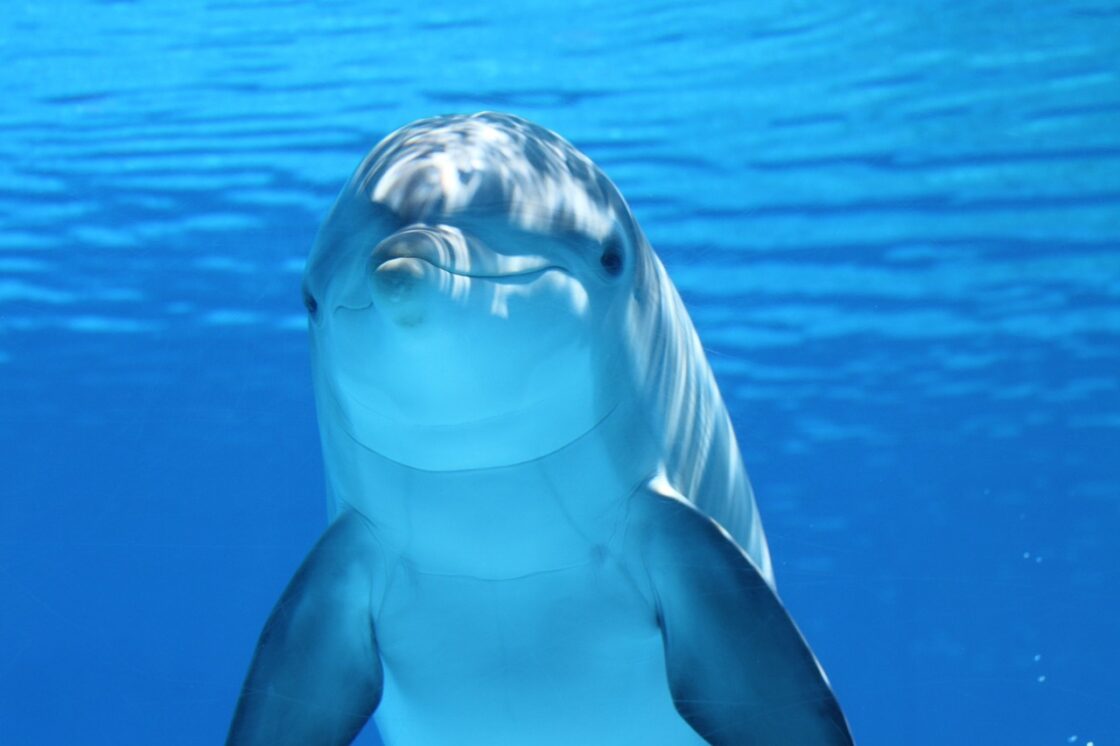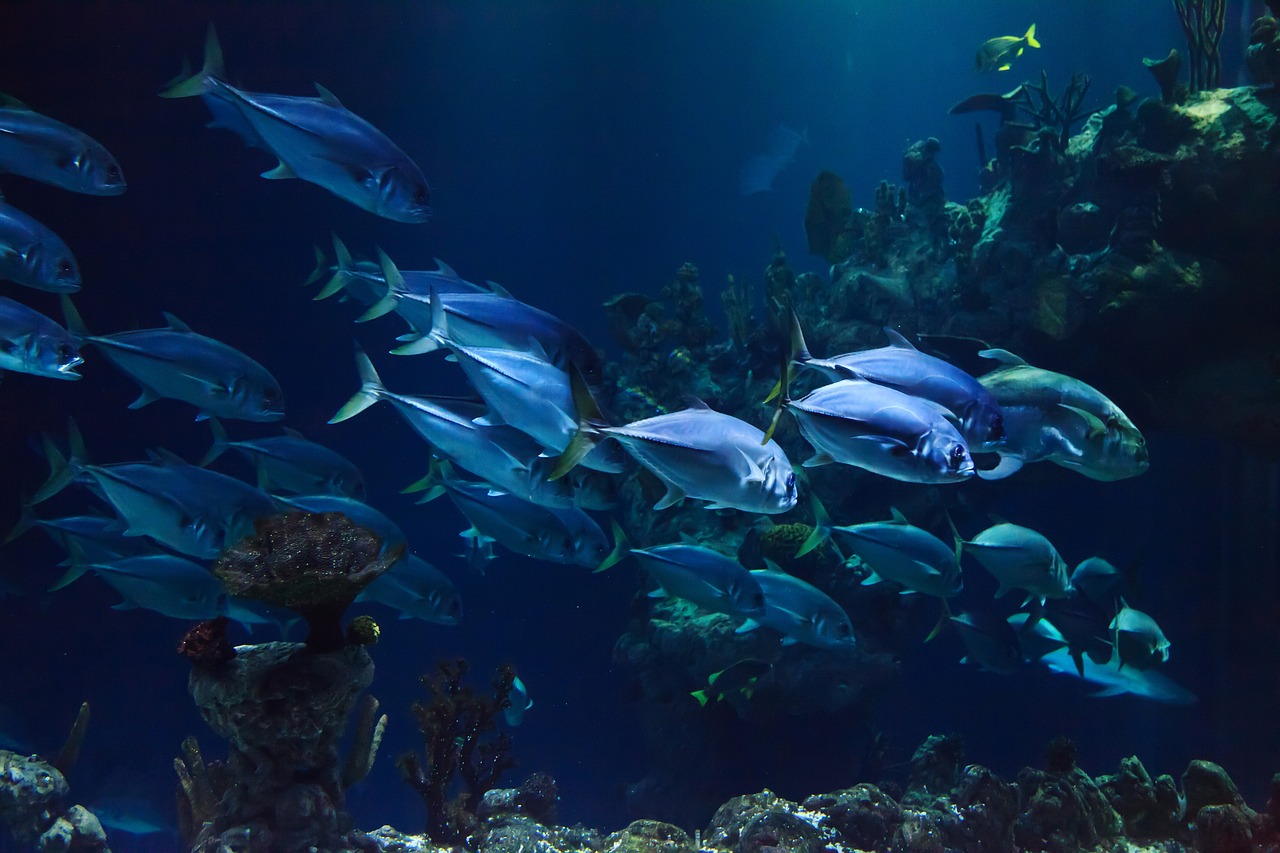The world’s oceans are facing numerous threats, including overfishing, pollution, and climate change. Marine protected areas are critical for preserving the unique and diverse marine ecosystem and protecting several endangered species. In this article, we will explore the 10 largest marine protected areas in the world and learn about their significance.
Great Barrier Reef Marine Park
Great Barrier Reef Marine Park is located off the coast of Australia and covers an area of 344,400 km². The park is home to several species, including the green turtle and dugong.
Why is Great Barrier Reef Marine Park important?
Great Barrier Reef Marine Park is critical for preserving the unique and diverse marine ecosystem of the Great Barrier Reef and protecting several endangered species. The park is also significant for scientific research and climate change studies.
What are the restrictions in Great Barrier Reef Marine Park?
Commercial fishing and other activities that may harm the ecosystem are heavily regulated in the park, and visitors must obtain permits for recreational activities.
Galapagos Marine Reserve
Covering an area of 133,000 km², Galapagos Marine Reserve is a must-visit destination for those looking to explore the unique and diverse marine ecosystem of the Galapagos Islands. Located in the Pacific Ocean off the coast of Ecuador, the reserve is home to a plethora of species, including the iconic Galapagos penguin and marine iguana. Galapagos Islands travel is a must-have experience for nature enthusiasts and adventure seekers alike.
Why is Galapagos Marine Reserve important?
Galapagos Marine Reserve is critical for preserving the unique and diverse marine ecosystem of the Galapagos Islands and protecting several endangered species. The reserve is also significant for scientific research and tourism.
What are the restrictions in Galapagos Marine Reserve?
Commercial fishing and other activities that may harm the ecosystem are heavily regulated in the reserve, and visitors must obtain permits for recreational activities. Strict regulations are in place to ensure the preservation of the delicate ecosystem.
Phoenix Islands Protected Area
Phoenix Islands Protected Area is located in the central Pacific Ocean and covers an area of 408,250 km². The protected area is home to several species, including the giant clam and hawksbill turtle.
Why is Phoenix Islands Protected Area important?
Phoenix Islands Protected Area is critical for preserving the unique and diverse marine ecosystem of the Pacific Ocean and protecting several endangered species. The protected area is also significant for scientific research and climate change studies.
What are the restrictions in Phoenix Islands Protected Area?
Commercial fishing and other activities that may harm the ecosystem are prohibited in the protected area, and visitors must obtain permits for recreational activities.

Chagos Archipelago Marine Reserve
Chagos Archipelago Marine Reserve is located in the Indian Ocean and covers an area of 640,000 km². The reserve is home to several species, including the green turtle and coconut crab.
Why is Chagos Archipelago Marine Reserve important?
Chagos Archipelago Marine Reserve is critical for preserving the unique and diverse marine ecosystem of the Indian Ocean and protecting several endangered species. The reserve is also significant for scientific research and climate change studies.
What are the restrictions in Chagos Archipelago Marine Reserve?
Commercial fishing and other activities that may harm the ecosystem are prohibited in the reserve, and visitors are not allowed except for research purposes.
Marianas Trench Marine National Monument
Marianas Trench Marine National Monument is located in the Pacific Ocean and covers an area of 246,610 km². The monument is home to several species, including the deep-sea snailfish and coral.
Why is Marianas Trench Marine National Monument important?
Marianas Trench Marine National Monument is critical for preserving the unique and diverse marine ecosystem of the Pacific Ocean and protecting several endangered species. The monument is also significant for scientific research and climate change studies.
What are the restrictions in Marianas Trench Marine National Monument?
Commercial fishing and other activities that may harm the ecosystem are prohibited in the monument, and visitors must obtain permits for recreational activities.
Palau Protected Areas Network
Palau Protected Areas Network is located in the Western Pacific Ocean and covers an area of 487,077 km². The network includes several marine protected areas, including the Ngemelis Marine Reserve and the Rock Islands Southern Lagoon.
Why is Palau Protected Areas Network important?
Palau Protected Areas Network is critical for preserving the unique and diverse marine ecosystem of the Western Pacific Ocean and protecting several endangered species. The network is also significant for promoting sustainable tourism and cultural preservation.
What are the restrictions in Palau Protected Areas Network?
Commercial fishing and other activities that may harm the ecosystem are regulated in the network, and visitors must follow strict guidelines for recreational activities.
Papahānaumokuākea Marine National Monument
Papahānaumokuākea Marine National Monument is located in the Northwestern Hawaiian Islands and covers an area of 1,508,870 km². The monument is home to several species, including the Hawaiian monk seal and green sea turtle.
Why is Papahānaumokuākea Marine National Monument important?
Papahānaumokuākea Marine National Monument is critical for preserving the unique and diverse marine ecosystem of the Hawaiian Islands and protecting several endangered species. The monument is also significant for scientific research and cultural preservation.
What are the restrictions in Papahānaumokuākea Marine National Monument?
Commercial fishing and other activities that may harm the ecosystem are heavily regulated in the monument, and visitors must obtain permits for recreational activities.
Ross Sea Marine Protected Area
Ross Sea Marine Protected Area is located in Antarctica and covers an area of 1,550,000 km². The protected area is home to several species, including the emperor penguin and Weddell seal.
Why is Ross Sea Marine Protected Area important?
Ross Sea Marine Protected Area is critical for preserving the unique and diverse marine ecosystem of Antarctica and protecting several endangered species. The protected area is also significant for scientific research and climate change studies.
What are the restrictions in Ross Sea Marine Protected Area?
Commercial fishing and other activities that may harm the ecosystem are heavily regulated in the protected area, and visitors are not allowed except for research purposes.
ALSO READ: The importance of preserving the environment
Saba Bank National Park
Saba Bank National Park is located in the Caribbean Sea and covers an area of 2,900 km². The park is home to several species, including the nurse shark and sea turtle.
Why is Saba Bank National Park important?
Saba Bank National Park is critical for preserving the unique and diverse marine ecosystem of the Caribbean Sea and protecting several endangered species. The park is also significant for promoting sustainable tourism and cultural preservation.
What are the restrictions in Saba Bank National Park?
Commercial fishing and other activities that may harm the ecosystem are heavily regulated in the park, and visitors must follow strict guidelines for recreational activities.
Tubbataha Reef Marine Park
Tubbataha Reef Marine Park is located in the Sulu Sea and covers an area of 97,030 ha. The park is home to several species, including the manta ray and whale shark.
Why is Tubbataha Reef Marine Park important?
Tubbataha Reef Marine Park is critical for preserving the unique and diverse marine ecosystem of the Sulu Sea and protecting several endangered species. The park is also significant for promoting sustainable tourism and cultural preservation.
What are the restrictions in Tubbataha Reef Marine Park?
Commercial fishing and other activities that may harm the ecosystem are prohibited in the park, and visitors must follow strict guidelines for recreational activities.
FAQs:
Q1. What is a marine protected area?
A: A marine protected area is a designated area of the ocean where human activities are regulated to protect the marine ecosystem and species living within it.
Q2. What are the benefits of marine protected areas?
A: Marine protected areas are critical for preserving the unique and diverse marine ecosystem, protecting endangered species, promoting sustainable tourism, and promoting cultural preservation.
Q3. How do marine protected areas help with climate change?
A: Marine protected areas help to combat climate change by preserving the ocean’s ability to absorb carbon dioxide and protecting the ecosystems that are critical to regulating the Earth’s climate.
The 10 largest marine protected areas in the world are critical for preserving the unique and diverse marine ecosystem and protecting several endangered species. They are also significant for scientific research, promoting sustainable tourism, and cultural preservation. By regulating human activities and promoting conservation efforts, these protected areas help to ensure the health and sustainability of the world’s oceans for future generations.
